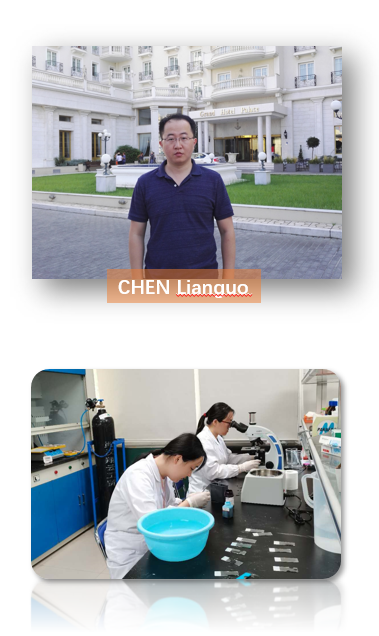
Research
Research Group of Environmental Pollution and Ecological Risk
 |
PI: Prof. CHEN Lianguo, PhD
Members:
Contact Us:
E-mail: lchenam(AT)ihb.ac.cn
General Introduction:
The Research Group of Environmental Pollution and Ecological Risk focuses on the increasing concerns in aquatic ecotoxicology, aiming to monitor the environmental pollution, elucidate the toxicological effects and action mechanisms, and develop toxicity control techniques of persistent toxic substances in aquatic environments by using model teleost species (e.g., zebrafish and marine medaka). The data obtained are expected to support accurate ecological risk assessment, maintain the sustainability of aquatic ecosystem, and place the manufacture and usage of chemicals under proper control.
Till now, this group has published 43 peer-reviewed papers on key SCI journals, including nine papers on Environmental Science & Technology, and one paper on Environmental Science & Technology Letters. Their findings have been reported by various scientific media, such as Environmental Health News, Xinhua News Agency, China Zebrafish Resource Center and Voice of the Chinese Academy of Sciences. Their data have been prioritized by Norwegian Environment Agency and provided sufficient support to the ecological risk assessment of PFBS, an aquatic persistent pollutant of emerging concern.
Current research interests:
* To reveal the toxic effects and molecular mechanisms underlying the developmental toxicity, endocrine disruption, reproductive malfunction, neurotoxicity, epigenetic modification and microbial dysbiosis
* To pinpoint the binding target of environmental pollutants and elicit the key molecular events of toxic effects
* To identify the principal contributor to offspring deficits resulting from parental exposure and the role of epigenetic inheritance
* To develop effective techniques to mitigate the toxic damage caused by environmental pollutants based on probiotic and prebiotic recipe.